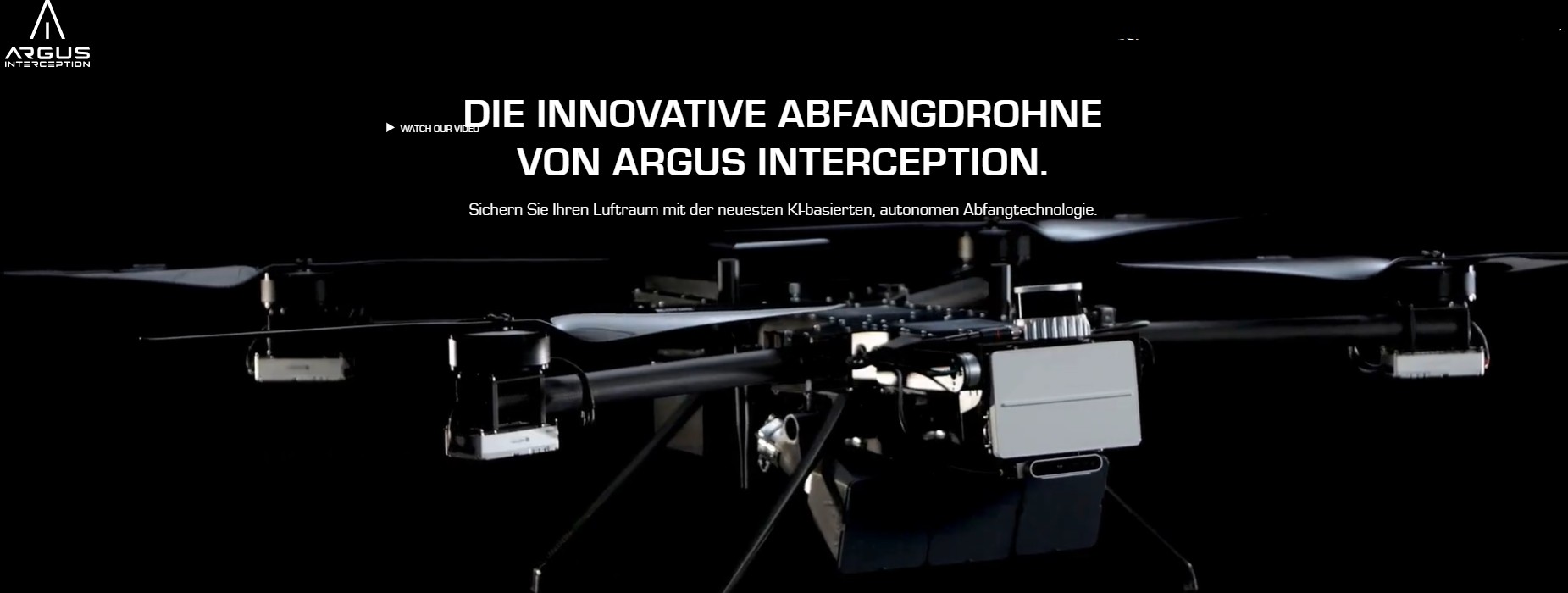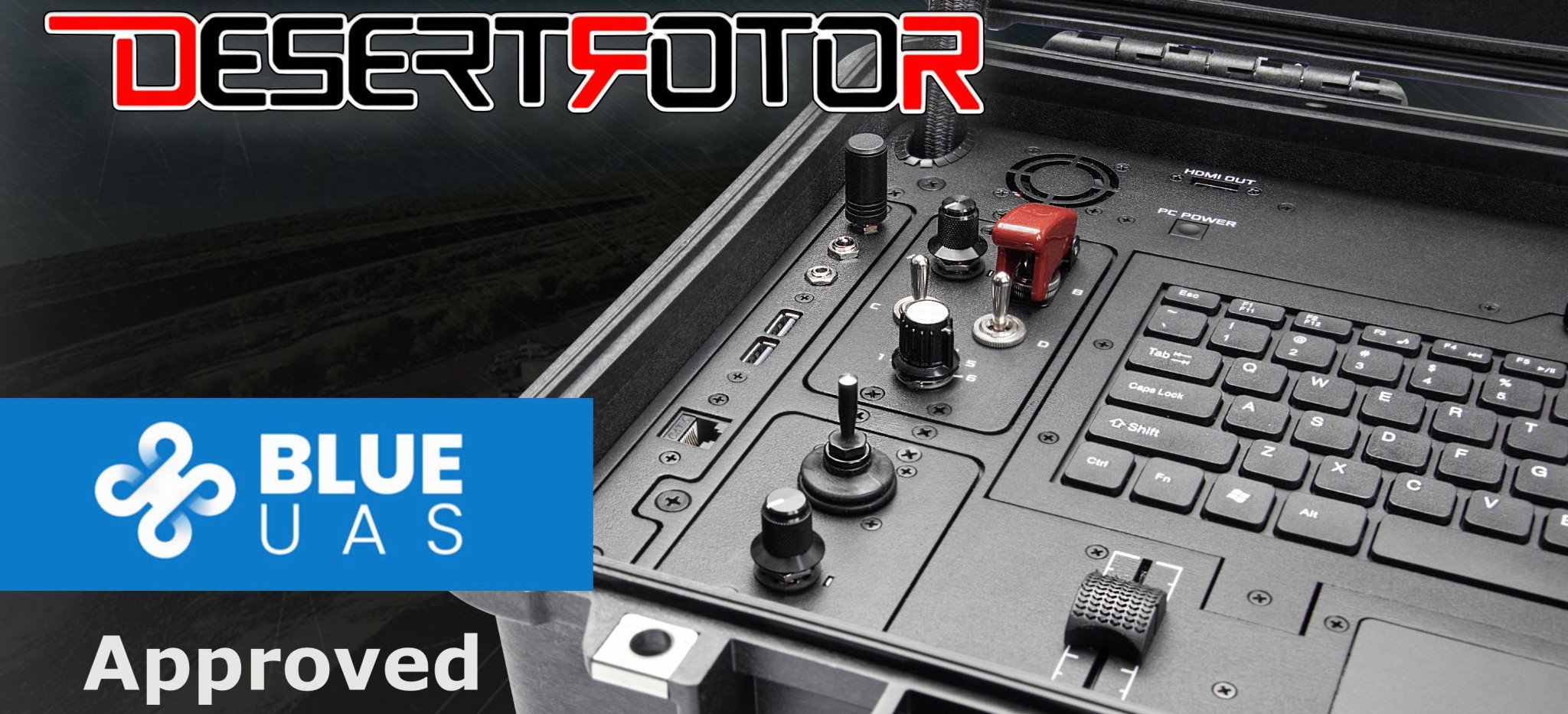Skyfish Unveils Osprey - the American-Made Drone Poised to Challenge DJI's Dominance

The debut of the Skyfish Osprey at XPONENTIAL 2025 arrivesat a crucial time when both government agencies and private sector enterprisesin the United States are actively seeking alternatives to Chinese-manufactureddrones. For years, DJI has dominated the drone market, especially in theenterprise and prosumer categories, thanks to a combination of affordability,advanced feature sets, and an expansive ecosystem. However, concerns over datasecurity, supply chain dependence, and national defense interests have spurredefforts to diversify drone sources and strengthen the domestic UAV industry.The Osprey is not merely a new product—it's part of a broader movement toreclaim technological autonomy in the skies.
Skyfish’s efforts resonate well with the geopoliticalclimate. Since 2020, the U.S. government has restricted the use of Chinese-madedrones in federal agencies. Legislation such as the American Security Drone Actof 2023 and the push for NDAA compliance have shifted procurement preferencestoward U.S.-made systems. The Osprey, designed and manufactured entirely inMontana, directly aligns with these priorities. Notably, its path toward GreenUAS certification ensures that the drone meets rigorous cybersecurity andsupply chain standards, offering reassurance to government clients andinfrastructure firms alike.
Under the hood, the Osprey demonstrates how far Americandrone companies have come in catching up to and potentially surpassing theirChinese competitors. With its robust onboard computing, advanced sensor fusioncapabilities, and rugged airframe, it is tailored for real-world use inchallenging conditions. From the harsh winds atop transmission towers to dustyconstruction sites or active military zones, the Osprey’s endurance andresilience make it a trusted companion for mission-critical operations. Skyfish’sengineering team has placed a premium on reliability—something that enterpriseclients often cite as a primary concern when considering drone deployments atscale.
The Osprey’s adaptability is another key differentiator.Unlike many off-the-shelf drones that come with fixed payloads, the Osprey’smodular design allows for rapid swapping of sensors and cameras, opening up auniverse of possible applications. For instance, in the morning, a utilitycompany could use it with a Sony LR1 sensor to perform high-resolutioninspections of aging electrical infrastructure. That same afternoon, a defensecontractor could equip the same unit with a NextVision EO/IR payload for surveillanceand perimeter monitoring. This multi-role capability not only increasesoperational efficiency but also maximizes return on investment—an importantfactor for organizations trying to justify the capital expenditure of dronefleets.
Beyond hardware, Skyfish has invested significantly insoftware development. The company’s proprietary mission planning suite allowsfor precise flight path programming, photogrammetry workflows, and secure datatransmission protocols. Skyfish’s software ecosystem has been optimized fortight integration with GIS and CAD platforms, facilitating seamless transitionsfrom field data to actionable insights. With an intuitive user interface andcloud-based data management options, Skyfish is positioning itself not just asa drone manufacturer but as a full-stack solutions provider.
This comprehensive approach also extends to training andsupport. Skyfish offers a complete onboarding program for enterprise users,including flight training, maintenance certification, and workflowcustomization. This hands-on customer success model has helped the companybuild a loyal base of early adopters, many of whom are influential players intelecommunications, energy, and transportation sectors. As word of mouthspreads and successful case studies emerge, the Osprey’s reputation is likelyto grow in tandem.
Skyfish’s CEO, Dr. Orest Pilskalns, has emphasized that theOsprey represents not just a response to DJI’s dominance but a leap forward inUAV philosophy. In public statements, he has spoken about the need for“intelligence at the edge”—a reference to the drone’s ability to process datalocally, make decisions autonomously, and function in low-connectivityenvironments. In remote or contested regions, such autonomy is not justconvenient—it’s essential. For defense clients, this capability can translateto enhanced situational awareness and faster decision cycles, while forcivilian users, it can mean uninterrupted productivity even when infrastructureis compromised.
As regulatory frameworks evolve, the Osprey’s future lookspromising. With BVLOS (Beyond Visual Line of Sight) operations increasinglybeing approved by the FAA, drones like the Osprey, which are built forlong-endurance and equipped with advanced situational awareness tools, will bewell-positioned to lead the next wave of aerial services. Whether it’smonitoring thousands of miles of pipeline, assisting in wildfire detection, orsupporting humanitarian missions, the range of use cases is expanding rapidly—andSkyfish is preparing accordingly.
Market analysts are paying attention. Although DJI continuesto enjoy market share dominance, the tide may be turning in specific verticals.Reports from drone market research firms suggest that U.S.-manufactured dronesare gaining traction, particularly among enterprise buyers concerned withsecurity, compliance, and lifecycle support. In these contexts, the total costof ownership is often more important than upfront pricing—and that’s whereSkyfish believes it can shine. By offering durable hardware, modular payloads,and in-house support, the company is playing a long game aimed at establishingenduring relationships, not just one-time sales.
Financially, Skyfish’s growth trajectory also signalsconfidence in its mission. The company has secured substantial funding fromventure capital and government grants, allowing it to invest in R&D, expandproduction facilities, and scale its workforce. With the U.S. governmentearmarking billions for infrastructure modernization and defense tech upgrades,domestic drone manufacturers like Skyfish stand to benefit from both directcontracts and broader ecosystem investments. The Osprey, in this regard, is morethan a flagship product—it is a spearhead for a much larger industrialrenaissance.
International interest is also growing. While initiallydesigned for U.S. applications, the Osprey’s capabilities have caught theattention of foreign allies looking to diversify away from Chinese technology.Skyfish has begun exploratory talks with potential partners and distributors inEurope, the Middle East, and Southeast Asia. In an increasingly multipolarworld where technological self-reliance is prized, American-made drones thatoffer both performance and compliance are in high demand.
The symbolic value of the Osprey should not beunderestimated either. In an industry long dominated by foreign players, itsemergence signals a turning point—a moment when American ingenuity reassertsitself on the global stage. It represents not only what is technically possiblebut also what is politically and economically necessary. As drones continue toevolve from niche gadgets into essential infrastructure, the origins of thatinfrastructure will matter more than ever.
As XPONENTIAL 2025 fades into memory and the drone industrylooks ahead to its next milestones, the impact of the Osprey will likelyendure. Skyfish has not just built a drone; it has articulated a vision forwhat American aerial technology can achieve when given the resources, freedom,and mission to lead. For stakeholders across defense, energy, infrastructure,and emergency response, the message is clear: there is now a credible,powerful, and future-proof alternative to the status quo.
Whether or not the Osprey will dethrone DJI remains to beseen. That battle will be fought not only in product specs but in procurementoffices, regulatory bodies, and public perception. But one thing is certain—thegame has changed. With the Osprey, Skyfish has introduced a challenger that isnot only ready to compete but to lead in its own right.

.jpg)



